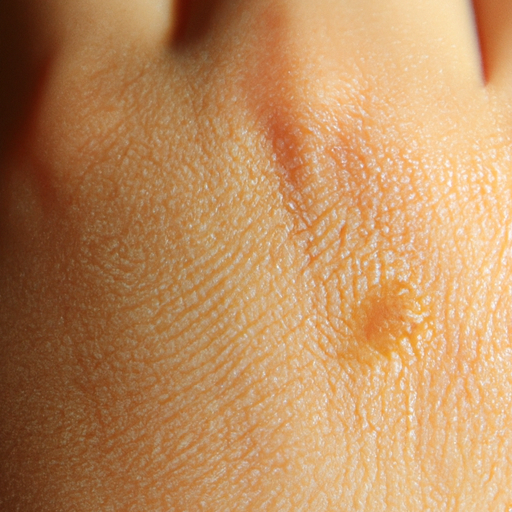As a medical professional, I have encountered numerous patients troubled by dry skin. This common condition, characterized by a lack of appropriate moisture in the skin’s outer layer, can be uncomfortable and even painful. This article aims to unmask the mystery surrounding dry skin, providing a comprehensive guide to its diagnosis and treatment.
Dry skin, also known as xerosis cutis, can affect anyone, regardless of age or gender. It is often associated with environmental factors such as cold or dry weather, over-washing, and the use of harsh soaps or detergents. However, it can also be a symptom of underlying health conditions like hypothyroidism, diabetes, or atopic dermatitis.
Diagnosing dry skin involves a thorough examination of the skin and a detailed discussion about the patient’s medical history and lifestyle habits. The skin may appear rough, scaly, or flaky and may feel tight or itchy. In severe cases, cracks or fissures may develop, which can lead to inflammation or infection if not properly treated.
Once diagnosed, the treatment of dry skin primarily focuses on replenishing the lost moisture and protecting the skin from further damage. This is typically achieved through a combination of lifestyle modifications and topical treatments.
Lifestyle modifications play a crucial role in managing dry skin. Patients are advised to limit their exposure to harsh environmental conditions and avoid over-washing or using harsh soaps. Instead, use gentle, fragrance-free cleansers and pat the skin dry rather than rubbing it. Hydration is key – drink plenty of water and use a humidifier in dry environments.
Topical treatments include moisturizers and emollients that help to restore the skin’s natural barrier function. These should be applied immediately after bathing while the skin is still damp to lock in moisture. Over-the-counter products containing ingredients like glycerin, lactic acid, urea, hyaluronic acid, and ceramides can be beneficial. For severe cases, a doctor may prescribe topical corticosteroids or other medications to reduce inflammation and promote healing.
In some cases, dry skin could be a sign of a more serious underlying condition. If the skin does not improve with over-the-counter treatments, or if symptoms are accompanied by other concerning signs such as extreme thirst, fatigue, or unexplained weight loss, it is important to seek medical attention. A healthcare provider can conduct further tests to rule out conditions like diabetes or hypothyroidism.
In conclusion, dry skin is a common but treatable condition. By understanding its causes and implementing appropriate lifestyle changes and treatments, patients can effectively manage their symptoms and improve their skin’s health. Remember, every individual’s skin is unique, so what works for one person may not work for another. Therefore, it is always advisable to consult with a healthcare provider for personalized advice.



